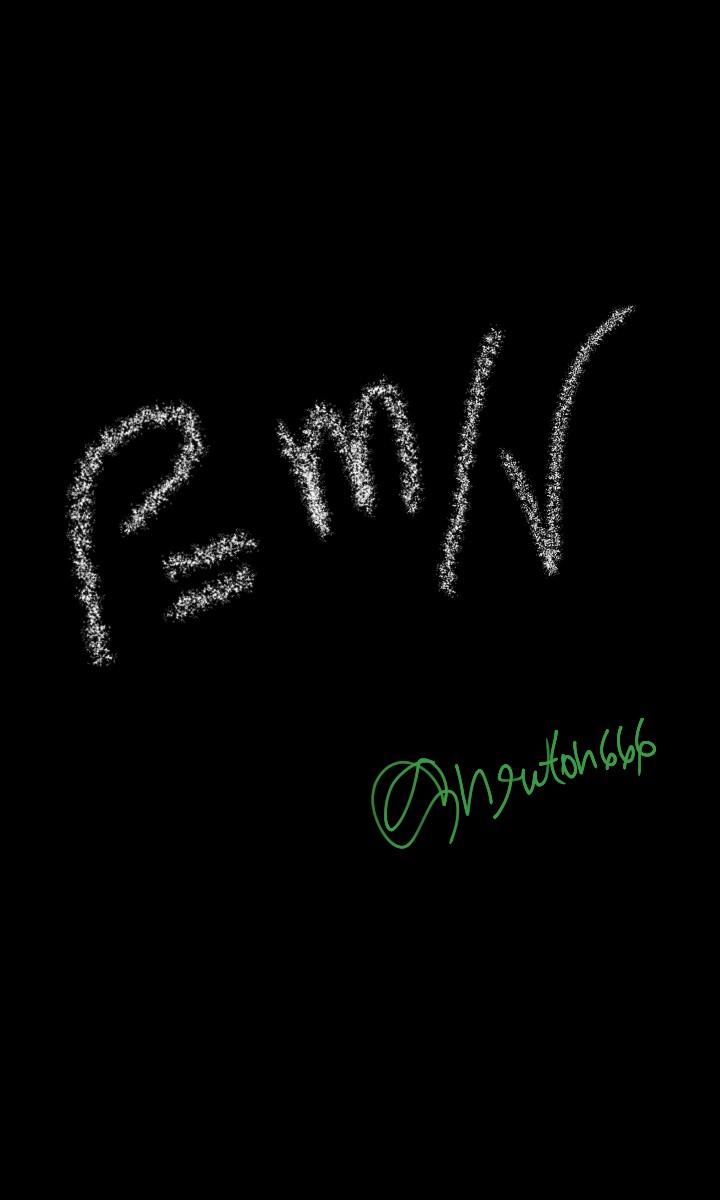.jpg)
Space density is key in astrophysics to understanding the structure and growth of the universe. Unlike density on Earth, which is easily measured by the mass-volume ratio of a solid or liquid body, in cosmos matter is extremely scattered.
Stars, planets, interstellar gas and dark matter constitute a framework that, while seemingly empty, possesses crucial quantifiable density for understanding gravity and galactic motion.
In scientific terms, density (p) is defined as the mass (m) divided by the volume (V) it occupies, expressed in formulae.
P = m/V
This equation seems simple but complex in space because of the hard to measure mass and volume limits. The average density of the visible universe is about:
9.9×10~27 kg/m3, a very low density, which indicates that the space is mostly empty but not entirely empty.
In galaxies, the density calculation adds another layer. Astronomers use the rotational speed of stars and gas to find total mass, being dark matter, invisible matter, that makes up most of the universe's mass. From this data, we can estimate the average galactic density.
For example, in the case of the Milky Way, the average density in regions close to the Sun is about 0.1M·/pc3; (where M represents solar mass and pc the parsec, an astronomical unit of distance).
The density calculation is important in the study of galaxy clusters, where gravity holds thousands of galaxies together into large structures, in these cases, researchers calculate the orbital velocity of galaxies in a cluster and use Newton and Einstein principles to estimate the average density of the cluster. Using density, we can guess the presence of dark matter, which supports dark matter theory.
As a final idea to put it this way my friends readers, the density of space and galaxies is key to unraveling the secrets of the universe.
Astronomers use (p = m/V) to determine the weight of the cosmos, the dispersion of matter and how gravity affects the movement of stars, planets, and galaxies. This knowledge helps us understand the invisible balance that keeps the universe wide.
Bibliographic References
My thoughts and opinions by Albert Einstein, 2011.
The Secret Function of the Universe by CAN BARTU H, 2024.
Cosmology in the 21st Century by Manuel Sanromà, Juan Arana, Martín López-Corredoira, 2012.
The Physics of Space Travel by Ciro Irmici, 2025.
very useful information this formula really do help in my chemistry courses especially in physical chemistry lots of density to use